Image Details
Pictures taken in Kennon
Observatory
Click here for a
brief history of imaging at Ole Miss.
       Click at the links
below to see these images and more in large size and learn the
details!
Click at the links
below to see these images and more in large size and learn the
details!
Galaxies:
 The
second closest large spiral galaxy is the Pinwheel Galaxy (M 33) in Triangulum. The
second closest large spiral galaxy is the Pinwheel Galaxy (M 33) in Triangulum.
 The
Whirlpool Galaxy, (M 51) was the first galaxy The
Whirlpool Galaxy, (M 51) was the first galaxy
whose spiral arms were recognized.
 The
Back Eye Galaxy (M 64) in Coma Berenices got its name from its looks. The
Back Eye Galaxy (M 64) in Coma Berenices got its name from its looks.
 Two members of the Leo group of galaxies in one
picture (M 65 & 66). Two members of the Leo group of galaxies in one
picture (M 65 & 66).
 In
Pisces, M 74
is a faint, 10-magnitude face-on spiral galaxy. In
Pisces, M 74
is a faint, 10-magnitude face-on spiral galaxy.
 M77 is a spiral galaxy in
Cetus. M77 is a spiral galaxy in
Cetus.
 In Ursa Major, Bode's galaxy (M 81), is
one of the largest spirals. In Ursa Major, Bode's galaxy (M 81), is
one of the largest spirals.
 The
cigar-shaped irregular galaxy M 82 in Ursa Major is nicely colored. The
cigar-shaped irregular galaxy M 82 in Ursa Major is nicely colored.
One picture (from 2014) has a
supernova in it.
 Careful image processing brings out the high-speed jet leaving Careful image processing brings out the high-speed jet leaving
the giant elliptical galaxy M 87.
 In Leo, M 96 is a spiral galaxy.
In Leo, M 96 is a spiral galaxy.
 The
Pinwheel 'Nebula' (M 99) is actually a face-on spiral galaxy, The
Pinwheel 'Nebula' (M 99) is actually a face-on spiral galaxy,
full of star formation
regions.
 Two bright and many faint members of the Coma
Berenices Galaxy Cluster (M 100). Two bright and many faint members of the Coma
Berenices Galaxy Cluster (M 100).
 The famous Sombrero
galaxy (M104)
is a spiral galaxy with a very dark dust lane and an unusually
bright halo. The famous Sombrero
galaxy (M104)
is a spiral galaxy with a very dark dust lane and an unusually
bright halo.
 In Ursa Major, M 101
is a giant spiral; In Ursa Major, M 101
is a giant spiral;
 The edge-on galaxy NGC 891
in Andromeda is pretty. The edge-on galaxy NGC 891
in Andromeda is pretty.
 The Hamburger
Galaxy NGC3628 in Leo is
edge-on The Hamburger
Galaxy NGC3628 in Leo is
edge-on
with a strong dust lane and recent
star formation at the edges.
 The Whale
Galaxy (NGC 4631) is actually a spiral galaxy. The Whale
Galaxy (NGC 4631) is actually a spiral galaxy.
interacting with its
elliptical companion.
 In Cygnus, NGC 6946 is a pretty, 10-magnitude face-on
spiral galaxy. In Cygnus, NGC 6946 is a pretty, 10-magnitude face-on
spiral galaxy.
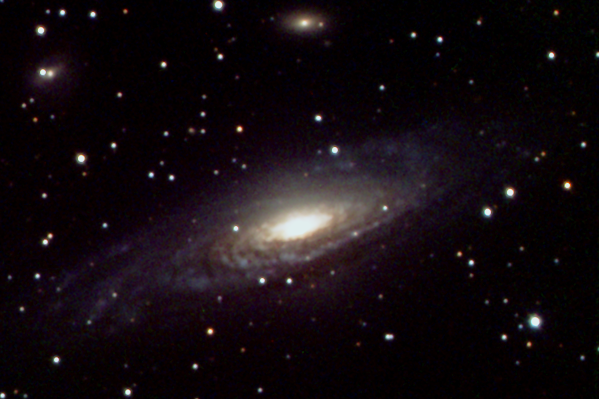 In Pegasus, NGC 7331 is a spiral galaxy. In Pegasus, NGC 7331 is a spiral galaxy.
Star clusters:
 The globular cluster M 2 in Aquarius. The globular cluster M 2 in Aquarius.
 The globular cluster M 3 in Canes Venatici is great on a long
exposure picture. The globular cluster M 3 in Canes Venatici is great on a long
exposure picture.
Some RR Lyrae's has been
identified in this cluster.
 The open cluster M 11 in Scutum. The open cluster M 11 in Scutum.
 The famous Hercules
globular cluster M 13. The famous Hercules
globular cluster M 13.
 We took a great image
of M 15,
a globular cluster in Pegasus. We took a great image
of M 15,
a globular cluster in Pegasus.
The open cluster M 35 in Auriga.
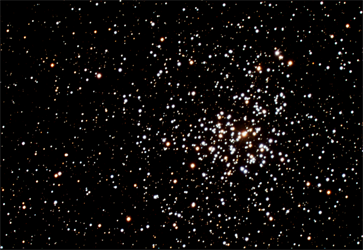 The
open cluster M 37 in Auriga. The
open cluster M 37 in Auriga.
 The open cluster M 38 in Auriga. The open cluster M 38 in Auriga.
 The open cluster M 52 in Cassiopeia. The open cluster M 52 in Cassiopeia.
 Another nice globular
cluster is M 53 in
Coma Berenices. Another nice globular
cluster is M 53 in
Coma Berenices.
 The open cluster M 67 in Cancer. The open cluster M 67 in Cancer.
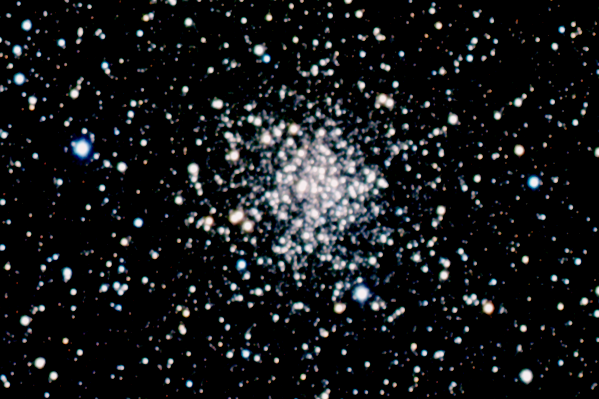 The globular cluster M 71 in Sagitta. The globular cluster M 71 in Sagitta.
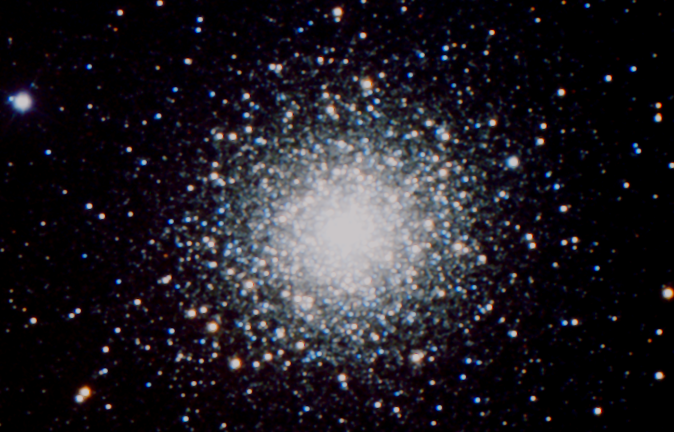 The globular cluster M 92
in Hercules. The globular cluster M 92
in Hercules.
 The open cluster M 103 in Cassiopeia. The open cluster M 103 in Cassiopeia.
 The
double cluster NGC
869 and 884 in Perseus. The
double cluster NGC
869 and 884 in Perseus.
 The Intergalactic
Wanderer (NGC 2419) is a distant globular cluster. The Intergalactic
Wanderer (NGC 2419) is a distant globular cluster.
Nebulae:
 The Crab nebula (M1) is a spectacular supernova remnant. The Crab nebula (M1) is a spectacular supernova remnant.
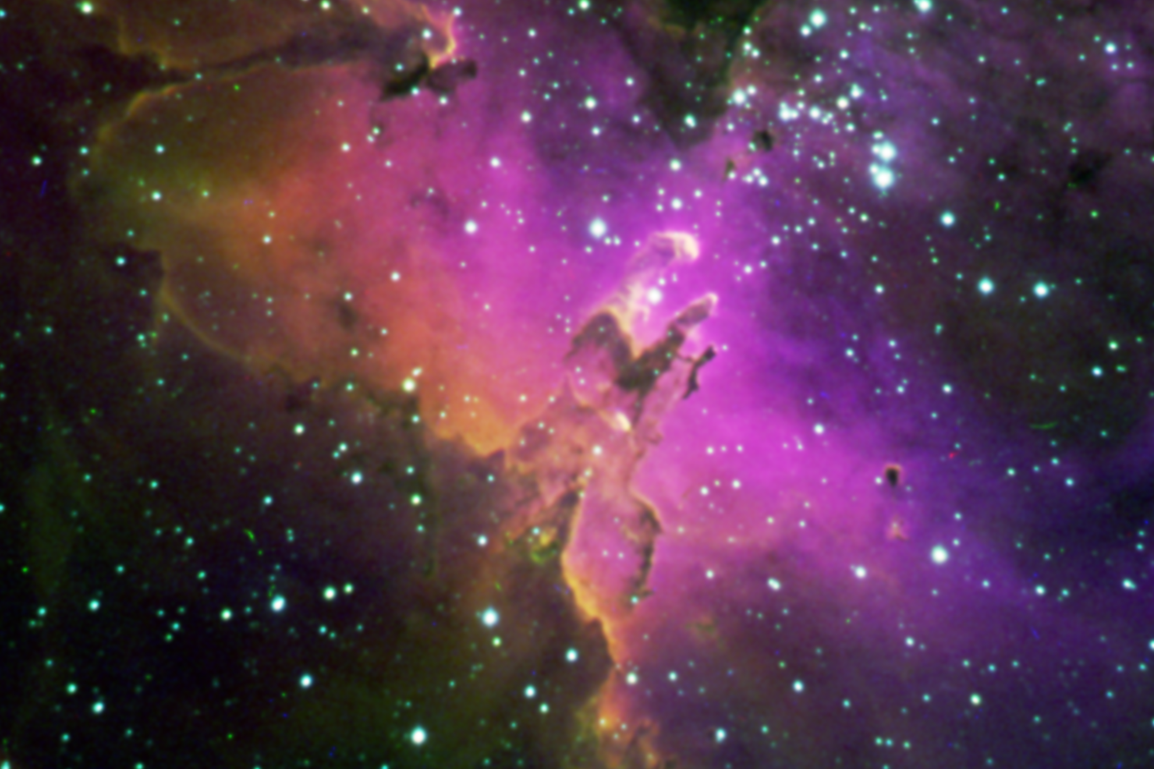 The Eagle nebula (M16) is a molecular cloud; the famous
"Pillars of Creation". The Eagle nebula (M16) is a molecular cloud; the famous
"Pillars of Creation".
 The Omega nebula (M17) is a molecular cloud in Sagittarius. The Omega nebula (M17) is a molecular cloud in Sagittarius.
 The Trifid nebula (M20) is a pretty molecular cloud. The Trifid nebula (M20) is a pretty molecular cloud.
 The Dumbell Nebula (M27) is a great-looking colorful planetary
in Vulpecula. The Dumbell Nebula (M27) is a great-looking colorful planetary
in Vulpecula.
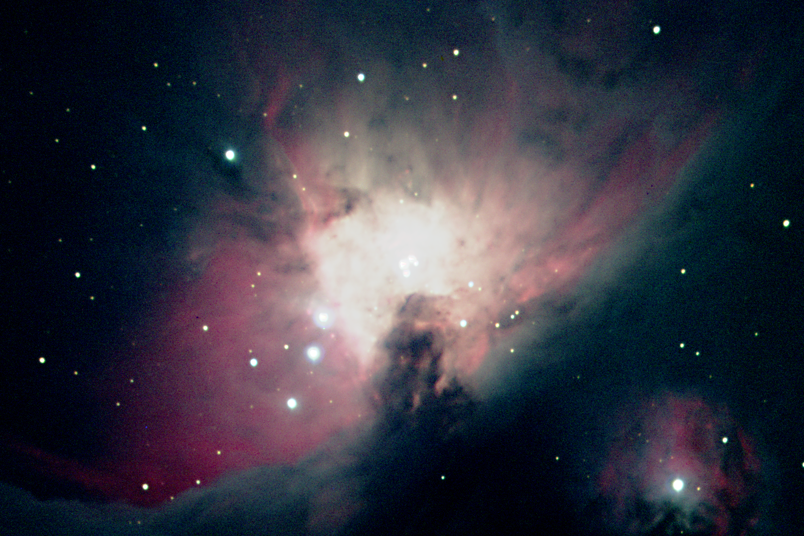 We have great images
of the Orion Nebula (M42), We have great images
of the Orion Nebula (M42),
a molecular cloud where
stars are forming now.
 Great detail in our
images of the Ring Nebula (M57), a colorful planetary in Lyra. Great detail in our
images of the Ring Nebula (M57), a colorful planetary in Lyra.
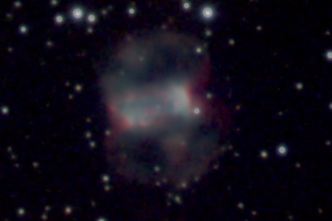 The Little Dumbell (M76) is a
colorful planetary nebula in Perseus. The Little Dumbell (M76) is a
colorful planetary nebula in Perseus.
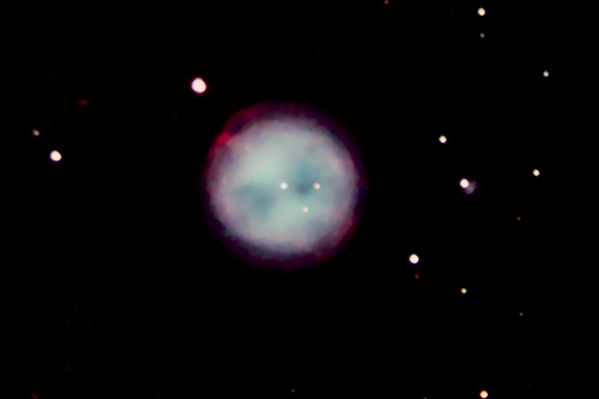 The Owl nebula (M97) is a planetary in the Big Dipper. The Owl nebula (M97) is a planetary in the Big Dipper.
 The Pacman Nebula (NGC
281) is a HII region
in Cassiopeia. The Pacman Nebula (NGC
281) is a HII region
in Cassiopeia.
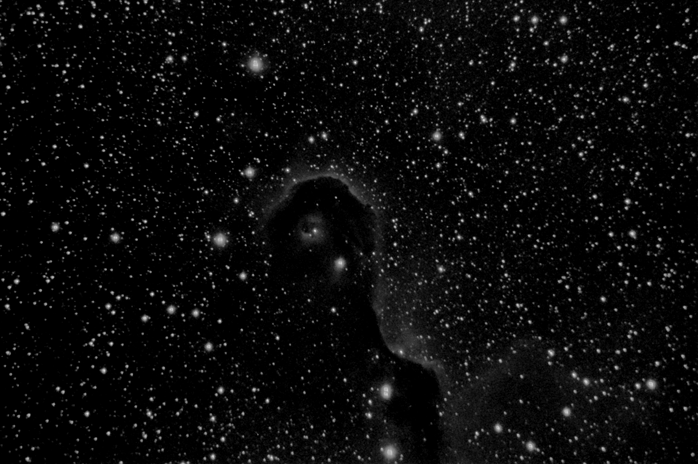 The Elephant's Trunk (IC 1396) is an emission nebula in Cepheus. The Elephant's Trunk (IC 1396) is an emission nebula in Cepheus.
 The Eskimo nebula (NGC
2392) is a little
but colourful planetary nebula. The Eskimo nebula (NGC
2392) is a little
but colourful planetary nebula.
 The Crescent Nebula, (NGC 6888) is another HII region in Cygnus. The Crescent Nebula, (NGC 6888) is another HII region in Cygnus.
 The Cirrus Nebula, part of the Veil, (NGC
6960) is a HII
region in Cygnus. The Cirrus Nebula, part of the Veil, (NGC
6960) is a HII
region in Cygnus.
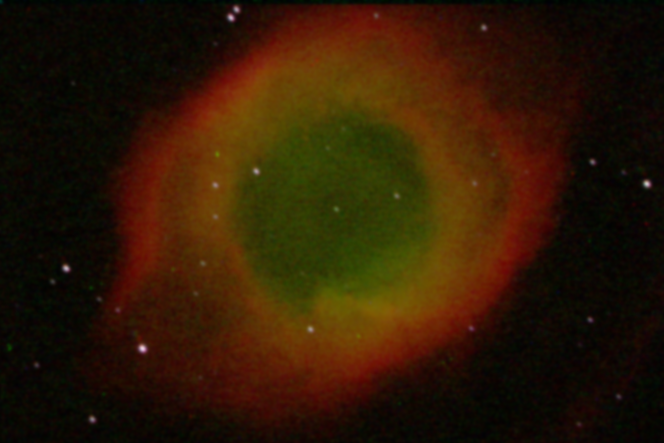 The Helix Nebula (NGC 7293) is a large planetary nebula in
Aquarius. The Helix Nebula (NGC 7293) is a large planetary nebula in
Aquarius.
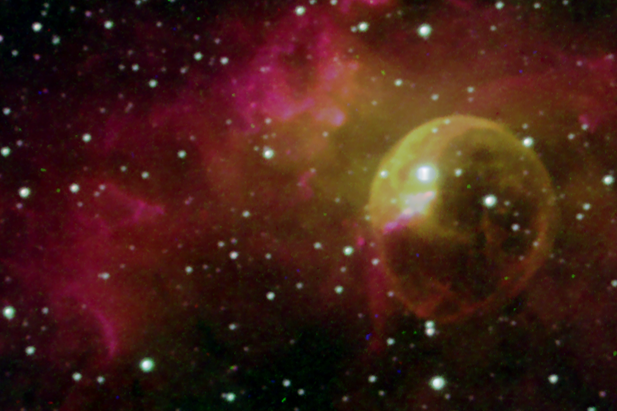 The Bubble Nebula (NGC7635) is a HII region in Cassiopeia. The Bubble Nebula (NGC7635) is a HII region in Cassiopeia.
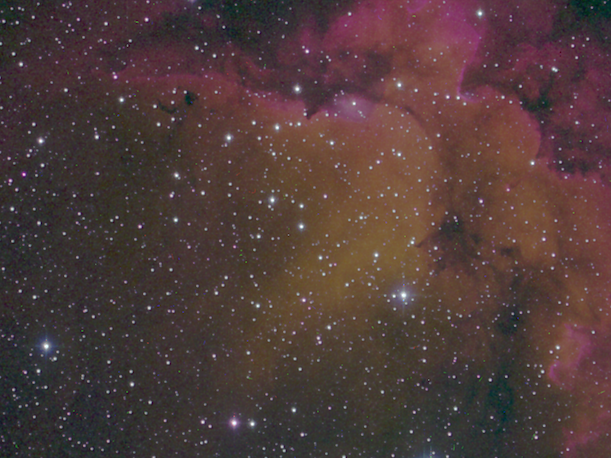 The glowing nebula (NGC7380) is a HII region in Cepheus. The glowing nebula (NGC7380) is a HII region in Cepheus.
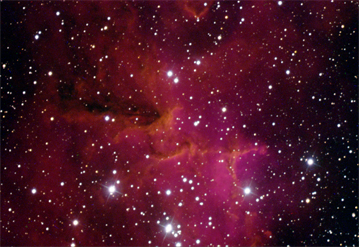 The Heart Nebula, (IC 1805) is a HII region in Cassiopeia. The Heart Nebula, (IC 1805) is a HII region in Cassiopeia.
 A H-alpha
filter helped to a nice Horsehead (IC
434). A H-alpha
filter helped to a nice Horsehead (IC
434).
It really looks like the
head of a horse!
 The Pelican Nebula (IC
5067) is a HII
region in Cygnus. The Pelican Nebula (IC
5067) is a HII
region in Cygnus.
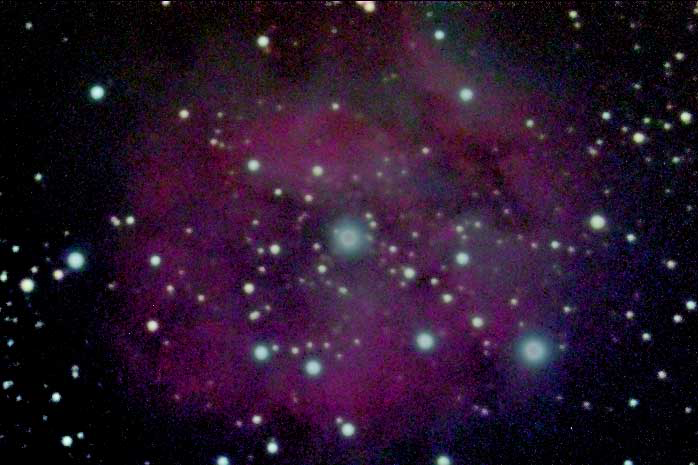 The Cocoon Nebula (IC 5146) has an low surface brightness, The Cocoon Nebula (IC 5146) has an low surface brightness,
so it barely sticks out of
skyglow.
Minor planets, Pluto, and
comets:
 Pluto is very faint (14.5 mg) and is low over
the horizon, Pluto is very faint (14.5 mg) and is low over
the horizon,
we still
found it.
 Here is a
movie of asteroid 369
Aeria. Here is a
movie of asteroid 369
Aeria.
 Planet Neptune with its
largest moon. Planet Neptune with its
largest moon.
 Comet
17P/Holmes after
its unexpected outburst of Oct. 24, 2007. Comet
17P/Holmes after
its unexpected outburst of Oct. 24, 2007.
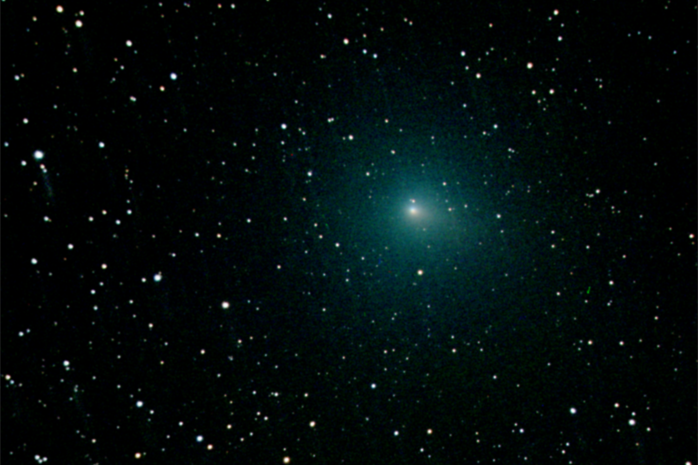 Comet
103P/Harley 2 on
Oct. 4, 2010. Comet
103P/Harley 2 on
Oct. 4, 2010.
 Comet
2014 Q2/Lovejoy
Spring 2015. Comet
2014 Q2/Lovejoy
Spring 2015.
 Comet 46P/Wirtanen
December 2018. Comet 46P/Wirtanen
December 2018.
Other:
 In Puppis, M46 is an open
cluster with a planetary nebula. In Puppis, M46 is an open
cluster with a planetary nebula.
 An
open cluster and a reflection nebula (NGC
7129 / NGC 7142). An
open cluster and a reflection nebula (NGC
7129 / NGC 7142).
 The learning curve towards building a mosaic
of the Moon; and where we are now. The learning curve towards building a mosaic
of the Moon; and where we are now.
Several Moon mosaics taken with a H-alpha
filter. A 2021 image is here.
 In April
2004 we took a few nice exploratory pictures
of the Moon and Jupiter. In April
2004 we took a few nice exploratory pictures
of the Moon and Jupiter.
 Light
curves of pulsating variable
stars (AE
Ursae Maioris 1; Light
curves of pulsating variable
stars (AE
Ursae Maioris 1;
 We used the Questar
7-inch telescope to image Mars and Saturn,
with mixed results. We used the Questar
7-inch telescope to image Mars and Saturn,
with mixed results.
|

